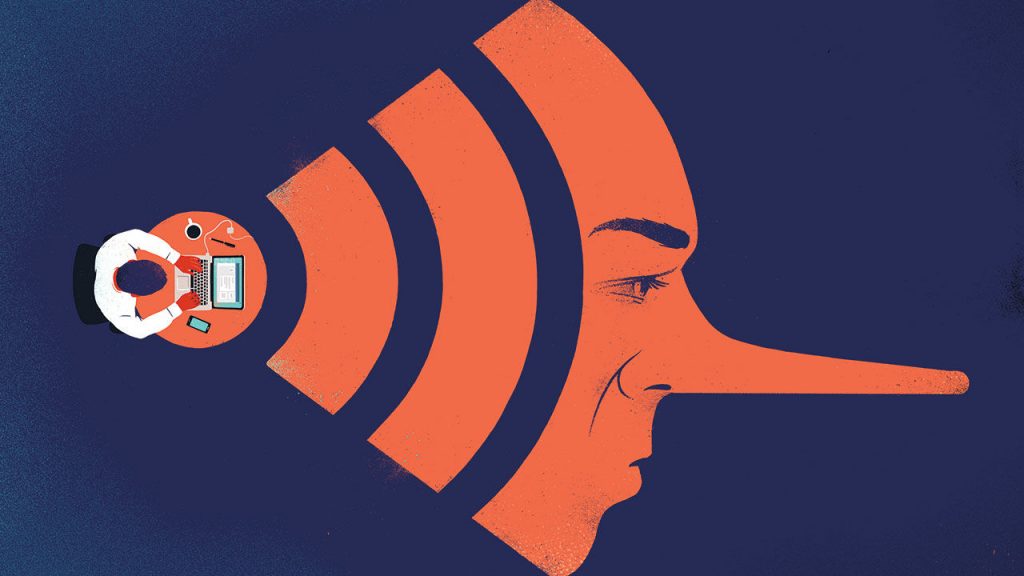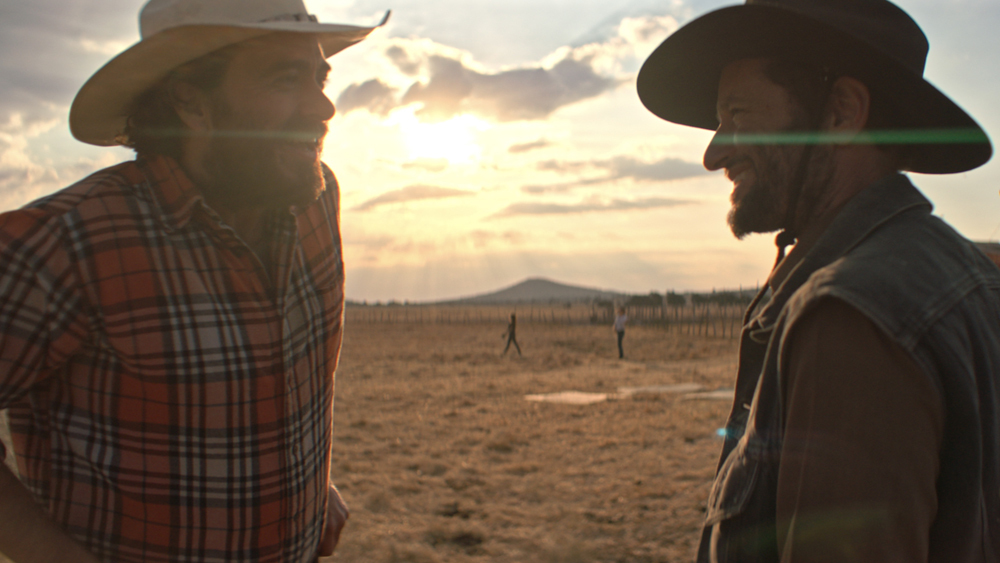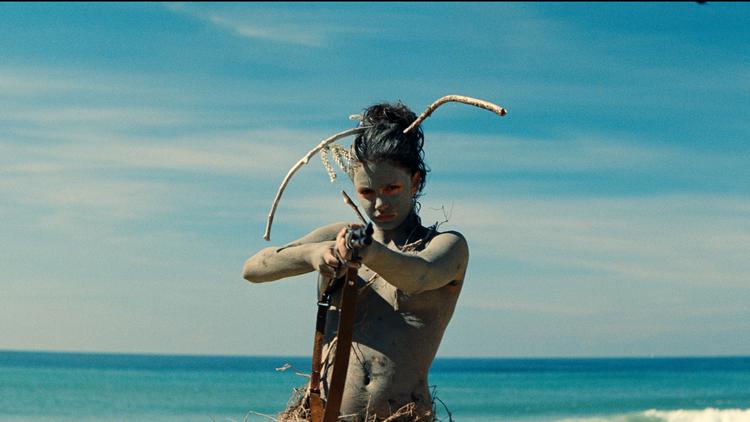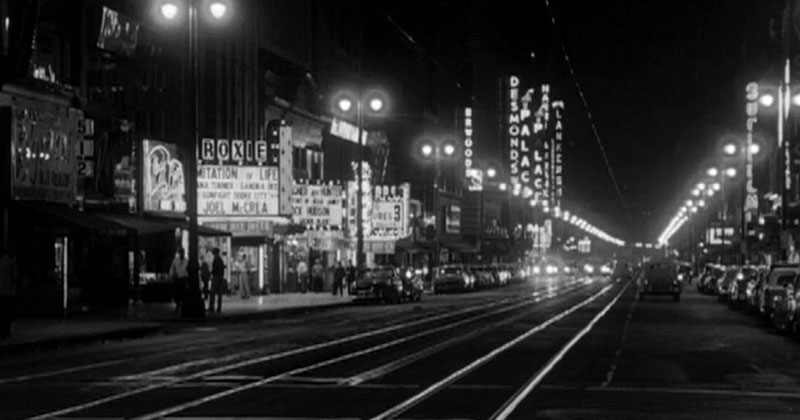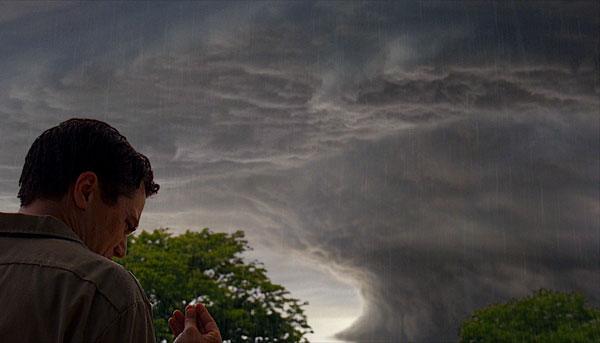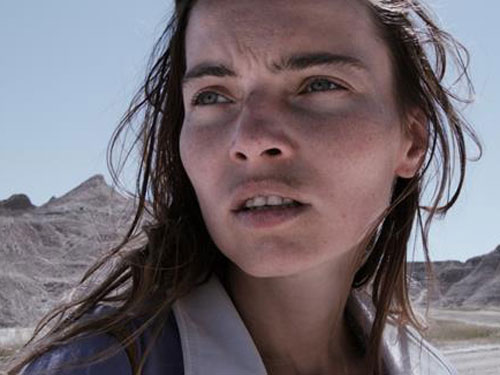
Een dag of twee terug werd Bruce Lee and the Outlaw beschikbaar gesteld op streamingplatform MUBI. In de film staat een Roemeense straatjongen centraal, die jarenlang in het tunnelcomplex van hoofdstad Boekarest leefde. Extra interessant is in dit geval dat Bruce Lee and the Outlaw gemaakt werd door de Nederlandse filmmaker en fotograaf Joost Vandebrug, die in een periode van ongeveer zes jaar het vertrouwen van de jongen en zijn metgezellen wist te winnen en behouden.
Klik hier om mijn recensie [Cine.nl] van de film te lezen.
Lees verder Recensie: Bruce Lee and the Outlaw [Joost Vandebrug, 2018]
